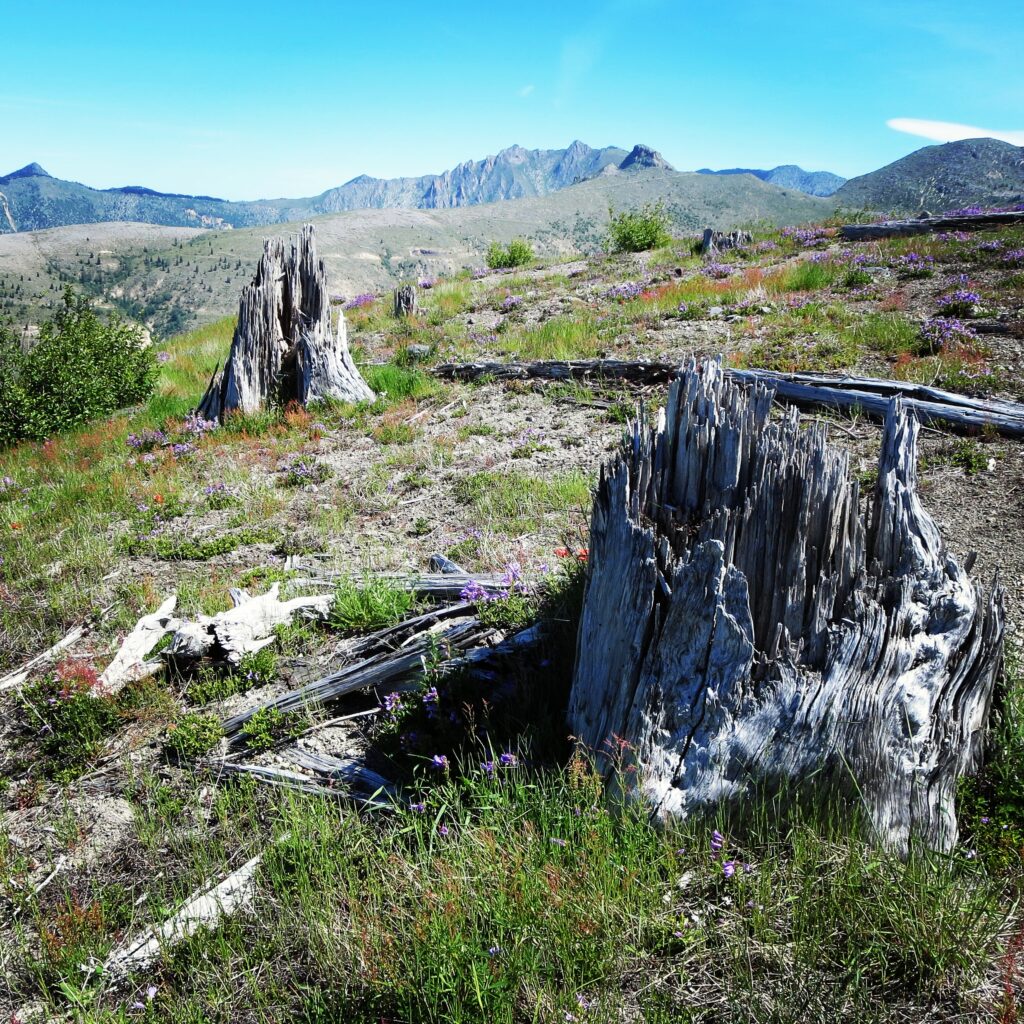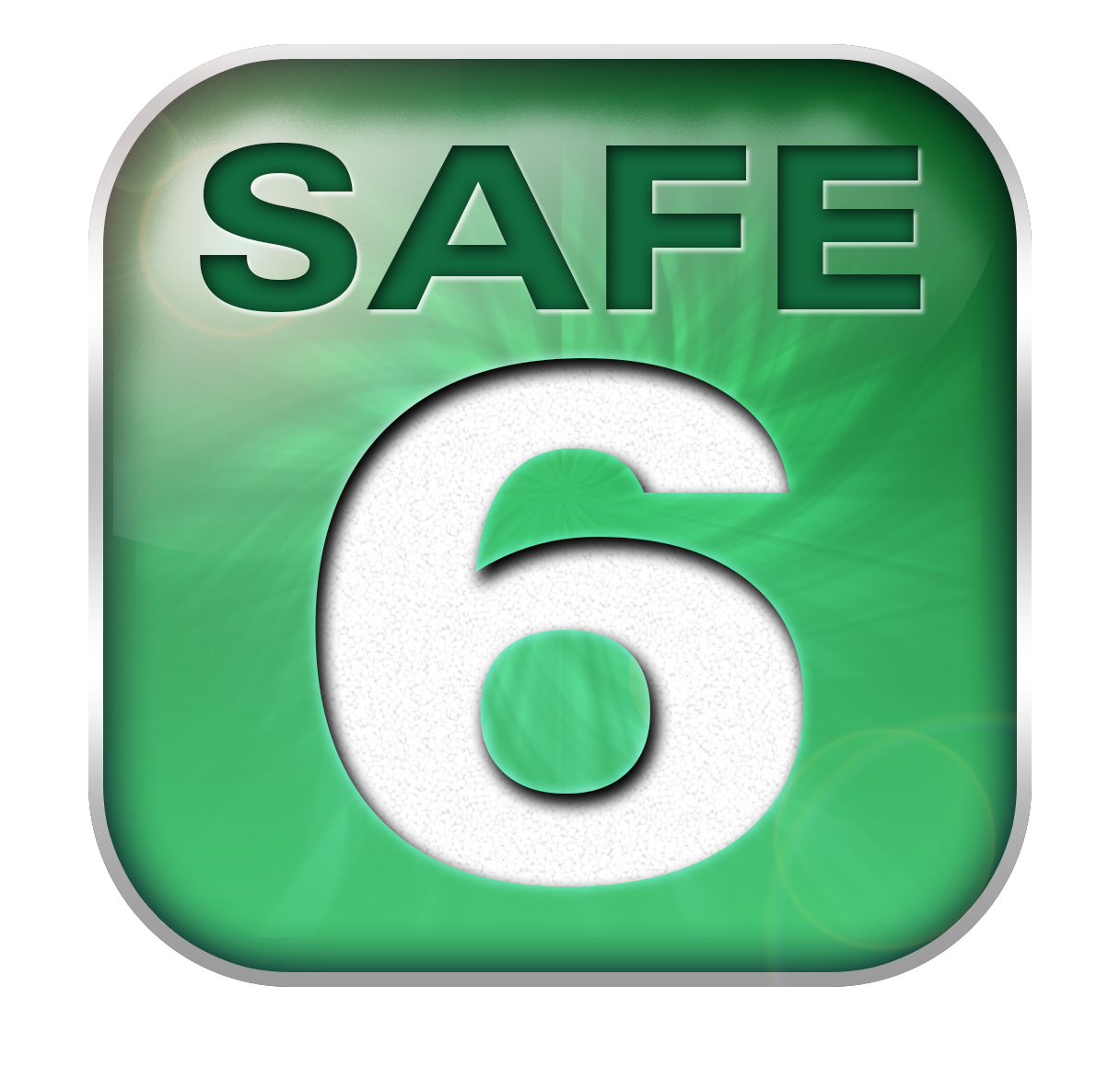Is Safely Working really an important part of a supervisor’s job? I scoured the Internet for supervisor job descriptions. The results were less than impressive. One site seemed to offer a very comprehensive job description. As part of the description it described “job purpose,” “job duties,” and required “skills/qualifications.” Of the 10 duties listed, one addressed safety responsibilities. It stated:
- Maintains safe, secure, and healthy work environment by following and enforcing standards and procedures; complying with legal regulations.
Not bad, so I then reviewed the skills and qualifications. The list included supervision, delegation, quality focus, profitability, and even more requirements. Guess what? None had anything to do with safety. Why is that?

I believe it’s for the same reason there is no good definition of safe work practice (not that it is needed now that we use Safe 6!), safety is common sense, isn’t it? Everyone knows you have to be safe. Yes, but does everyone know how to be safe? We’ll discuss this in another installment.
By the way, I trust we are all on the same page in the belief that supervisors and group leaders are in the best position to facilitate workplace safety. Let’s consider a supervisor job description that focuses on Safely Working:
- Set a good example by compliance with Safety Program requirements, proper work attire and use of protective equipment.
- Inspect work areas daily to identify unsafe conditions and/or work practices.
- Ensure that suitable tools are used for each task, and are maintained in safe operating condition.
- Verify and document that all employees are trained and have read and fully understand the operating procedures before machinery or equipment is used.
- Verify that the work is being performed using safe work practices and work methods.
- Continuously monitor the work site and correct any unsafe practices or conditions that exist on any part of the job.
- Initiate prompt, corrective action when hazards are apparent to him or are brought to his attention by others.
- Hold weekly “Team” safety meetings to:
- Encourage safety suggestions from employees.
- Discuss unsafe work practices and conditions observed.
- Review recent accidents or incidents and discuss ways to prevent similar occurrences.
Now that covers the landscape pretty well. Of course for a supervisor to be successful the employer and employees must be committed to Safely Supervising*. Otherwise, the supervisor will soon ignore those responsibilities and will be spending more time investigating and documenting accidents and injuries.
Now, where does Safe 6 fit into this and how does it help supervisors? In a previous post I provided this list of ways to apply Safe 6:
Safe 6 as the Rule
Safe 6 as the Meeting Agenda
Safe 6 as the Training Objectives
Safe 6 as the Corrective Conversation
Safe 6 as the Mentoring Guide
Safe 6 as the Solution
If you review this list with the job duties above you’ll find them to be quite compatible, if not totally in alignment. I wish I could take credit for that but, some things just work. Safe 6 is a customized safe work practice: supercharged, detailed and ready to go!
My next stop will be looking under the hood of Safe 6. Don’t worry, I’ll keep it simple and sensible.
A special thanks to LNB for granting permission to use the supervisor job description.
(Originally published 12/18/14)

©2022 The Safely Working Project & P.D. Shafer III
“Safe 6” and “Safely Working” are registered trademarks
